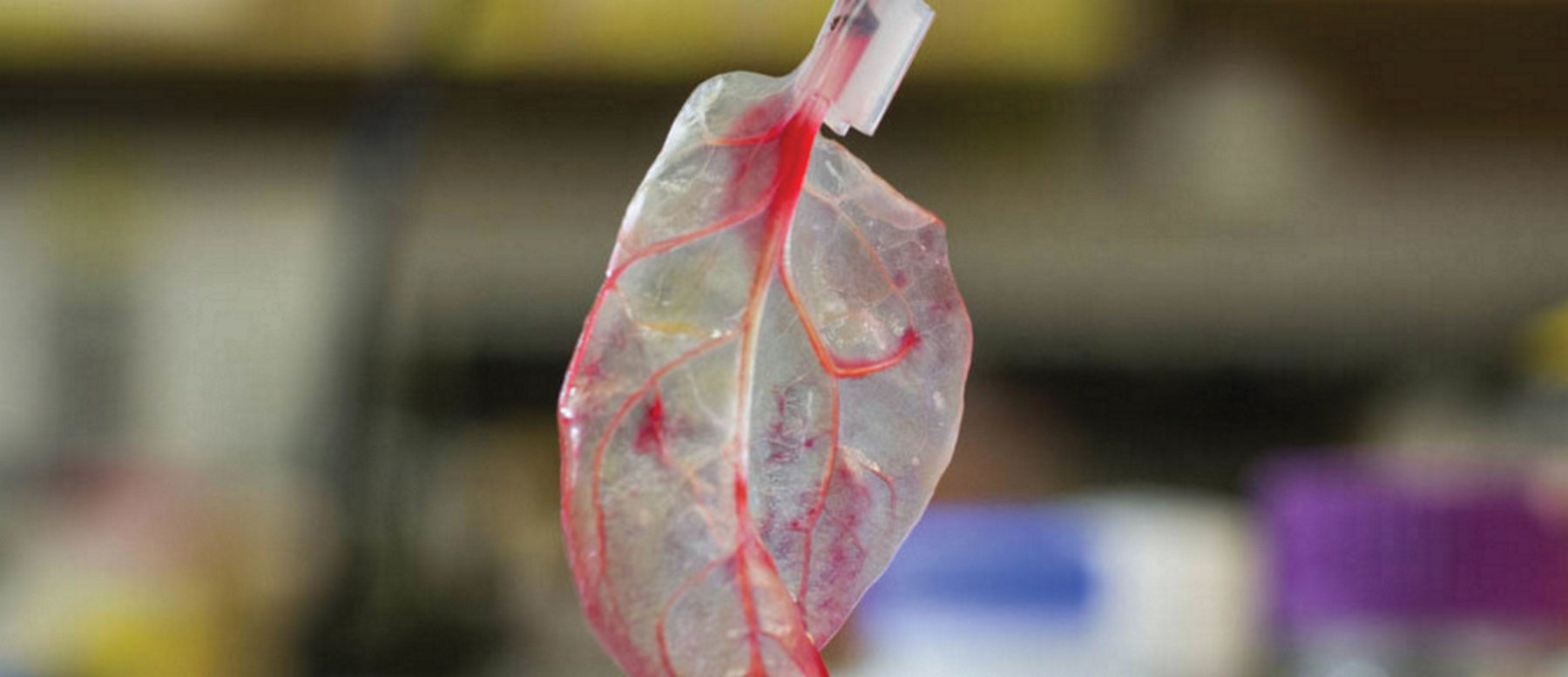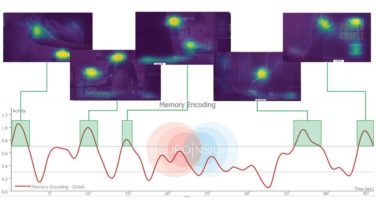Drug Delivery: Smart Bandages Monitor and Treat Chronic Wounds
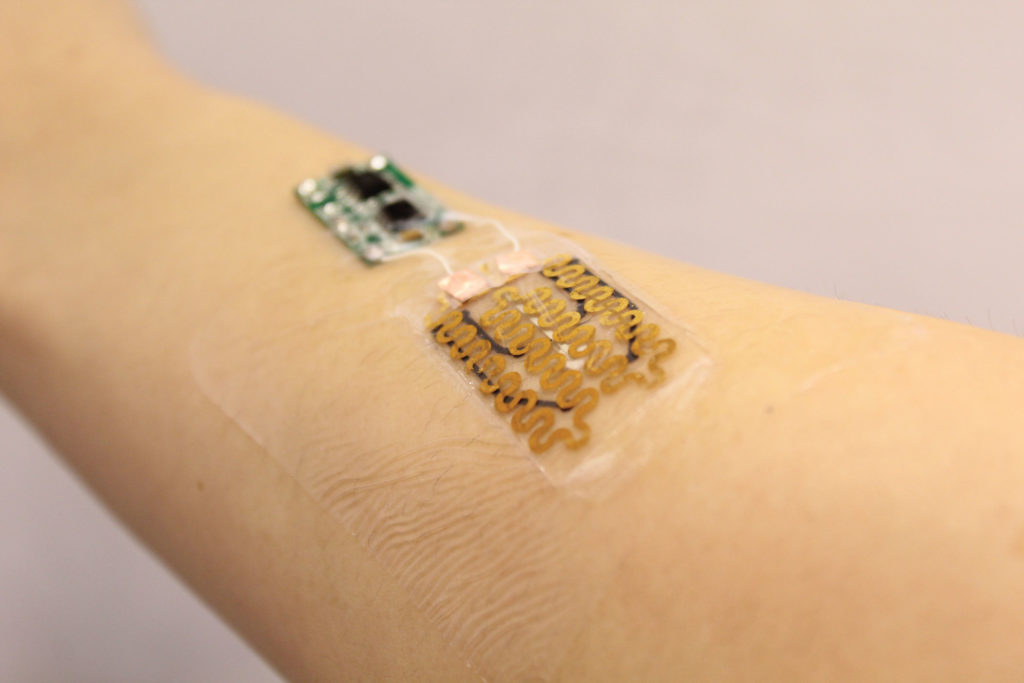
For the most part, bandages have typically been a passive treatment for wounds as they are simply there to help prevent the wound from becoming infected. But engineers at Tufts University have developed a prototype bandage that will take a much more active role in treating chronic skin wounds from burns, diabetes, and other medical conditions.
The prototype is designed to actively monitor the condition of the wound and deliver appropriate drug treatments in order to improve the chances of healing. The bandage tracks pH and temperature in order to know when the best time is to release the drugs to prevent infection and inflammation. The researchers said they have also developed sensors to monitor oxygenation, which is another marker of healing, and they could be added in future prototypes.
“We’ve been able to take a new approach to bandages because of the emergence of flexible electronics,” Sameer Sonkusale, PhD, Professor of Electrical and Computer Engineering at Tufts University’s School of Engineering and corresponding co-author for the study published in Small, said in a statment. “In fact, flexible electronics have made many wearable medical devices possible, but bandages have changed little since the beginnings of medicine. We are simply applying modern technology to an ancient art in the hopes of improving outcomes for an intractable problem.”
The smart bandages have already been tested successfully under in vitro conditions, but they will now undergo pre-clinical studies to determine their clinical advantages compared to traditional bandages.
Medical Device: New Prosthetic Ankle Moves with the User
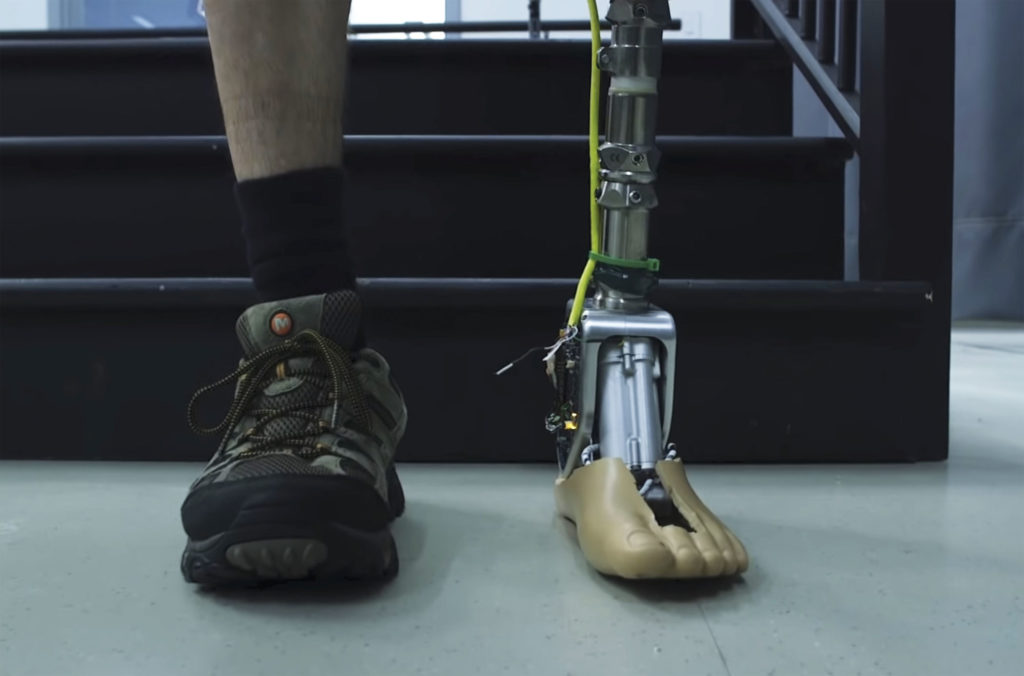
One of the issues with using a prosthetic leg: Walking on uneven ground or even up a flight of stairs. Since prosthetic ankles are static, they cannot anticipate movement and adjust to different terrains. But a newly designed “smart” ankle that moves with the user may allow those with prosthetic legs to move more easily on rough terrain.
The device was designed by Michael Goldfarb, H. Fort Flowers Professor of Mechanical Engineering; Professor of Electrical Engineering and Physical Medicine and Rehabilitation; and Co-director of the Center for Rehabilitation Engineering and Assistive Technology at Vanderbilt University, who previously developed the world’s first easily portable, wearable robot—the Indego exoskeleton.
This ankle has a tiny motor, actuator, sensors, and a chip that work together to adapt to the user’s needs by conforming to the surface the foot is contacting or by remaining stationary. Additionally, while most amputees are limited to the one shoe that works best with their prosthetic, this ankle may change that.
“Our prosthetic ankle is intelligent, so you can wear a dress shoe, a running shoe, a flat—whatever you’d like—and the ankle adapts,” Goldfarb said in a statement. “You can walk up slopes, down slopes, up stairs, and down stairs, and the device figures out what you’re doing and functions the way it should.”
Harrison Bartlett, a PhD student in Goldfarb’s lab, is also a participant in the National Science Foundation’s I-Corps program for budding entrepreneurs. He has interviewed nearly 100 potential users to understand what would make the ankle a success, and he is working with a team to commercialize the ankle within the next couple of years.
Discoveries/Innovations: A Spinach Leaf is Transformed into Functional Heart Tissue
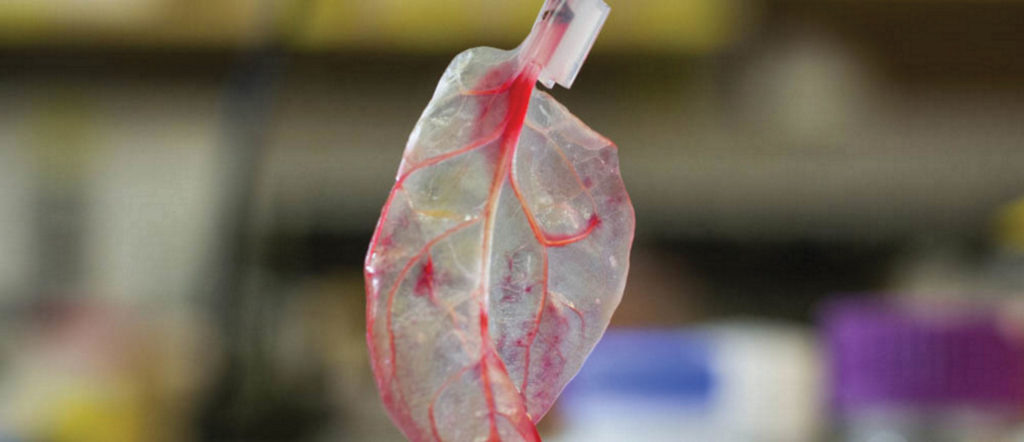
Scientists have successfully transformed a spinach leaf into a replica piece of heart tissue that works exactly as natural human heart tissue does. The researching team from Worcester Polytechnic Institute (WPI) believes that the technique could eventually be used to treat heart attack patients or others whose hearts have difficulty contracting since it can help people grow layers of stronger, healthier heart muscle.
The groundbreaking and creative method has replicated the intricacies of the human vascular system on a level that not even 3D printing technology could. To achieve this, scientists revealed the leaf’s cellulose frame by stripping away plant cells. Then, they “seeded” the frame with human cells, causing tissue growth on the frame. They were then able to pump fluids through the veins to illustrate the functioning concept of human vascular networks.
“We have a lot more work to do, but so far this is very promising,” Glenn Gaudette, PhD, a Professor of Biomedical Engineering at WPI, told The Telegraph. “Adapting abundant plants that farmers have been cultivating for thousands of years for use in tissue engineering could solve a host of problems limiting the field.”
Patient Pages: Americans are Racking Up Healthcare Woes
Americans believe that healthcare is the most important problem facing the country for a plethora of reasons, according to Reuters/Ipsos surveys. Sixty-five percent of Americans from all races, socioeconomic classes, and party denominations are “very concerned” about the overall cost of healthcare, but there are more worries that most citizens are calling on the government to help them face.
Fifty-eight percent of individuals are very concerned about paying for prescription drugs, a notable number since three in four Americans rely on them. And two-thirds of Americans worry that they can’t choose their own primary care physicians or specialists due to the fact that their healthcare does not cover enough of the cost and provides limited doctor options. While enrollment in Medicare is expected to increase as baby boomers reach retirement age, at least a third of Americans are already worried that they’ll lose benefits from the government-run programs Medicare and Medicaid due to administrative instability.
The Reuters survey also questioned Americans’ stance on the Affordable Care Act (ACA): 58% believe that Congress should keep it as is or make minor changes, while only 18% want to see it repealed immediately. The remaining Americans only want the ACA replaced once a reliable alternative is introduced.
Therapeutic Talk: Activity is More Important than Weight Loss for Those with Heart Disease
A new study from researchers at the Norwegian University of Science and Technology (NTNU) found that heart disease patients can gain weight without jeopardizing their health, but periods of non-activity, such as sitting in their recliner, can incur significant health risks. They studied 3,307 individuals with coronary heart disease based on data from HUNT (the Nord-Trøndelag Health Study) of patients who were examined in 1985, 1996, and 2007, and followed up to the end of 2014. This data was then compared with data from the Norwegian Cause of Death Registry.
The participants in the study were divided into three categories: Inactive; slightly physically active, but below recommended activity level; and physically active at or above recommended activity level. And the study revealed that people who are physically active live longer than those who are not, including those with at least 150 minutes per week of moderate physical activity or 60 minutes per week of vigorous physical activity.
“The clinical guidelines for heart disease patients currently include having normal weight and being physically active,” Trine Moholdt, one of the researchers in NTNU’s Department of Circulation and Medical Imaging, said in a statement. “I would put more emphasis on the exercise aspect. When it comes to physical activity, you have to do what gets you in better shape. That means training with high intensity. Do something that makes you breathe hard so that it’s hard to talk, but not so hard that you can’t do it for four to five minutes.”
FDA Update
Drug Approvals
Merck’s Keytruda (pembrolizumab) nabbed a couple of new approved indications, including one for the treatment of patients with recurrent or metastatic cervical cancer with disease progression on or after chemotherapy whose tumors express PD-L1, and another to treat patients with a rare type of non-Hodgkin lymphoma whose cancer has come back after two or more prior lines of treatment. Additionally, the FDA also granted priority review for the treatment of advanced hepatocellular carcinoma (HCC), a form of liver cancer in patients.
Xtandi (enzalutamide), Astellas’ drug for treating metastatic castration-resistant prostate cancer (CRPC), has been approved to also treat non-metastatic CRPC. The drug reports a median of three years with metastasis-free survival versus 14.7 months on a placebo program.
The FDA granted approval to SIGA Technologies’ Tpoxx (tecovirimat) for the treatment of smallpox. The oral capsule is designed to mitigate outbreak of the virus in the midst of a significant bioterror threat. The health security-focused company created the drug as the first small-molecule antiviral treatment for smallpox with this indication in mind.
Medical Devices
The companion diagnostic PD-L1 IHC 22C3 pharmDx, manufactured by Agilent Technologies in partnership with Merck, has been approved by the FDA. The test can be used by providers to identify the protein programmed cell death ligand 1 (PD-L1) in tumor tissue obtained from patients with lung, cervical, and gastric cancer. It is intended to help doctors decide whether a patient is eligible for treatment with Keytruda.

